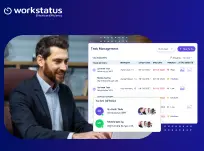Table of Contents
As an HR professional, you constantly look for ways to improve employee motivation and performance within your organization. With endless options to choose from, it can be overwhelming to decide where to start.
Gamification is one strategy that has gained popularity in recent years.
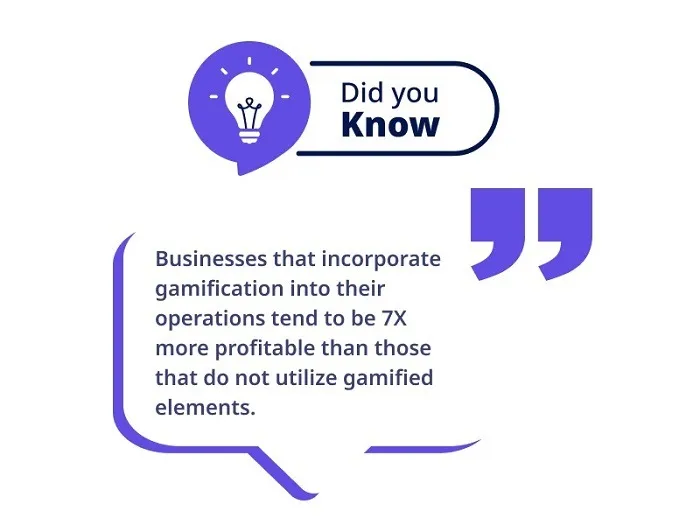
Gamification involves applying game mechanics and design to non-game contexts, such as the workplace, to engage and motivate employees.
By incorporating elements such as:
- Competition
- Rewards
- Points
Gamification can help employees feel more connected to their work and increase their sense of achievement.
In this blog post, we will explore:
- How Gamification works
- Businesses/ industries that implemented Gamification
- Benefits of Gamification
- Challenges faced in implementing Gamification
- The solution to overcome those challenges
So, let’s start the journey by understanding the concept of gamification and how it can be used to boost employee motivation and performance.
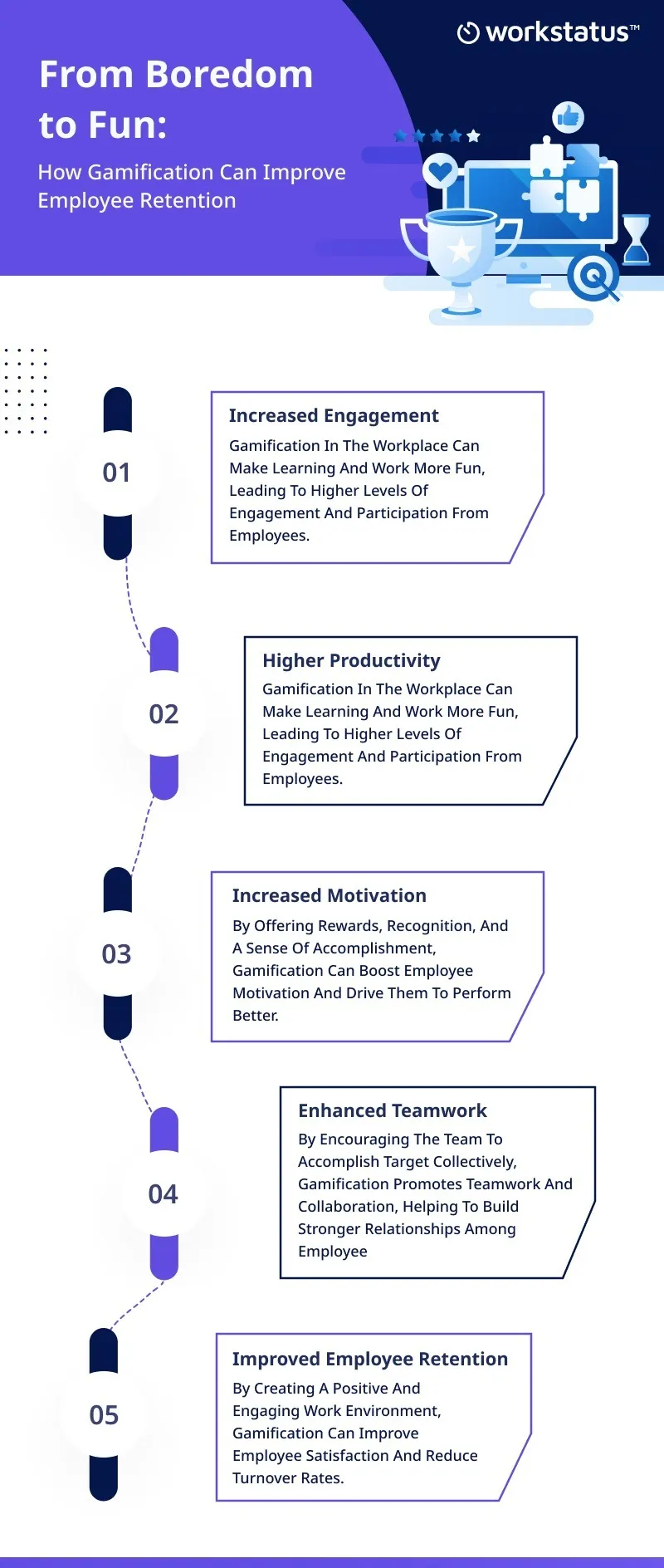
Gamification Goes Mainstream:
The Rise of Gamification: A Look at the Numbers
- Gaming-inspired elements at work are enjoyed by 95% of employees.
- The gamification market is projected to grow at a compound annual growth rate (CAGR) of 30.1% by 2024, and by 2025 its sales revenue is estimated to reach $32 billion.
- A gamified work experience can result in an average 48% increase in employee engagement.
- The following chart shows how gamification impacts employees.

Unlocking The Power Of Gamification: How It Works
1) Define The Objective:
The first step to leveraging the power of gamification is defining your business objective. Decide what it is you want to accomplish with your initiative.
For example- In an IT firm, you can ask developers to fix existing bugs, and the one who completes this task in the quickest time will be rewarded.
Through this, the objective of fixing the bugs is met, and the gamification touch makes the process more engaging.
2) Identify Game Mechanics:
After defining the objective, the next step is identifying the game mechanics driving engagement and motivation.
Game mechanics are the rules and actions to make the game more fun and challenging for the participants.
For example- In the IT firm bug-fixing scenario, the game mechanics could be:
- Time allotment for bug fixing
- Rewards for completing the task at the earliest
- Leaderboards to track progress & performance
3) Design The Game Elements:
Once the game mechanics are identified, it’s time to design the game elements. These visual and auditory components make the game appealing to the players.
In the IT firm bug-fixing scenario, the game elements could be a:
- Scoreboard displayed on a big screen
- Sound effects for completing a task
- Visual cues such as badges or trophies for top performers
4) Implement & Test:
After designing the game elements, it’s time to implement and test the gamification strategy.
You can test the game with 2 small teams before rolling it out to a larger audience. This will help identify any flaws in the design and refine the game mechanics and elements.
5) Monitor & Adjust:
The final step is to evaluate the effectiveness of the gamification strategy and make improvements.
Collect employee feedback and analyze the results to determine if the game achieves the desired business objective.
Use this information to make adjustments and refine the gamification strategy to make it even more effective.
Different Businesses/Industries Using Gamification
1) Starbucks
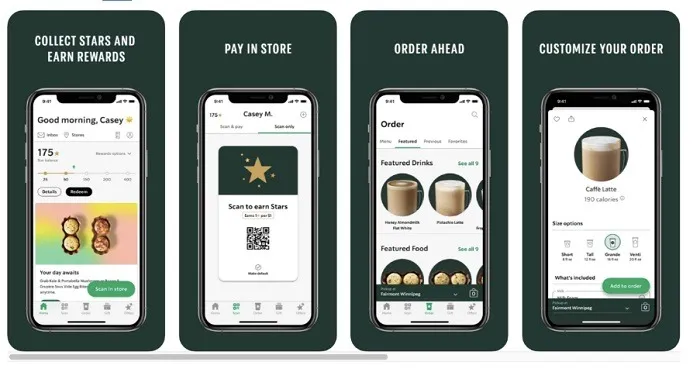 The company utilizes gamification through a loyalty app for mobile phones to foster customer loyalty and encourage them to choose Starbucks over other coffee shops.
The company utilizes gamification through a loyalty app for mobile phones to foster customer loyalty and encourage them to choose Starbucks over other coffee shops.
This app enables users to accumulate stars, which can be redeemed for prizes like a complimentary beverage.
2) Nike
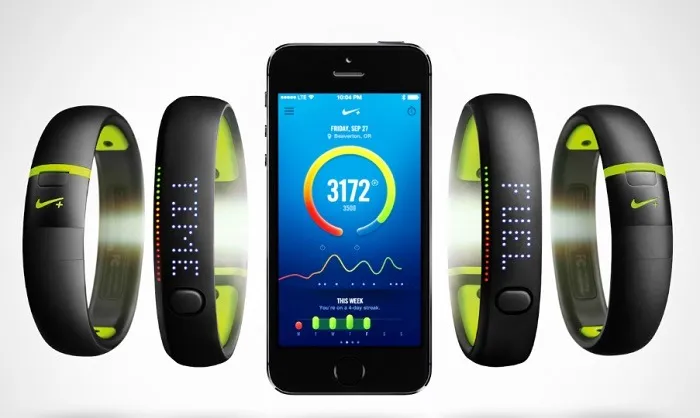 Nike created NikeFuel to boost customer engagement by using a points-based system, competition, and virtual rewards to encourage users to use their products and share their achievements on social media.
Nike created NikeFuel to boost customer engagement by using a points-based system, competition, and virtual rewards to encourage users to use their products and share their achievements on social media.
It’s a form of gamification that helps make the product a part of users’ lives.
3) Hilton Garden Inn
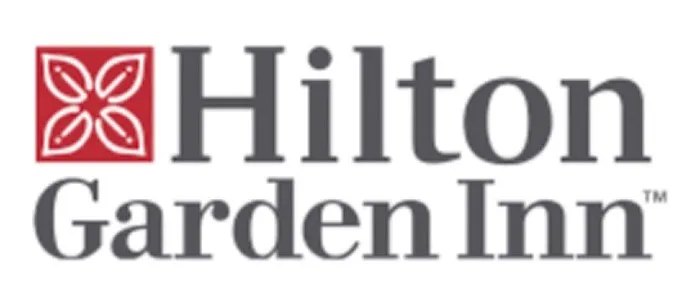 Hilton Garden Inn used gamification to enhance staff skills and improve customer satisfaction.
Hilton Garden Inn used gamification to enhance staff skills and improve customer satisfaction.
They introduced a video game in 2009 for workforce training, where team members navigate a 3D hotel and respond to guest-related scenarios within a time limit.
This innovative approach allowed employees to learn more efficiently and better serve their customers.
Gamifying Business: The Challenges & How To Tackle Them
Challenge 1: Sustaining Employee Engagement/Interest
The biggest challenge of implementing gamification involves sustaining employee engagement.
Many companies find that employees may become disinterested or disengaged in the process after some initial enthusiasm.
This is especially problematic for organizations with large workforces.
Solution 1:
To overcome this challenge, it is important to identify the program’s most engaging aspects and tailor content to maximize employee engagement.
Companies can use workforce management software to track and analyze employee engagement levels in different areas, such as:
- Activity Performance Rate
- Task Total Worked Time
- Projects Completed
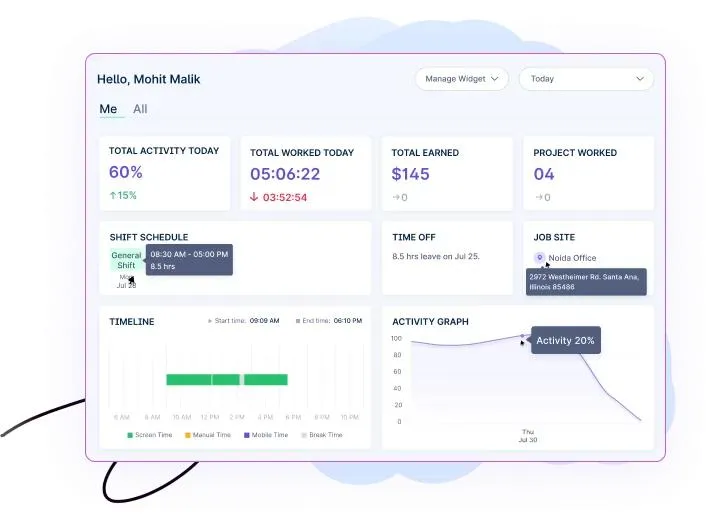 This data can help HR teams identify areas of success and address areas needing improvement to foster sustained employee engagement.
This data can help HR teams identify areas of success and address areas needing improvement to foster sustained employee engagement.
Challenge 2: Difficulty In Tracking Employee Performance And Progress
Unlike traditional performance metrics, gamification involves various activities and achievements that can be difficult to measure and track.
This can make it hard to determine whether employees are meeting their goals and to reward them appropriately.
Solution 2:
To address this challenge, companies must have a clear metric for success and trackable measures of performance that are easy to quantify, and AI-powered reports can be a huge help.
Reports such as:
- Time & Activity Report
- Weekly Report
- Project & Todo Report
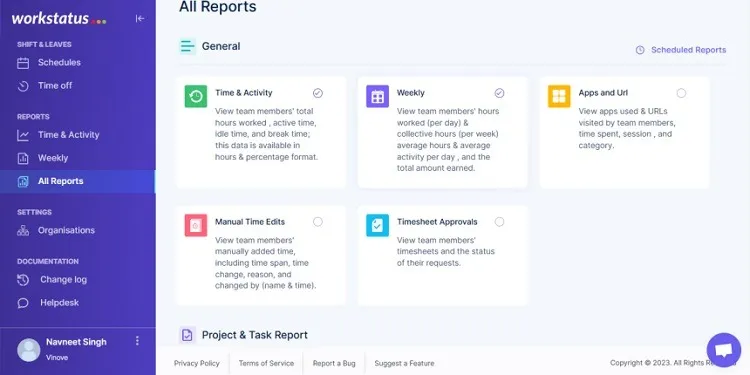 Can provide HR teams with detailed insights into employee performance and progress, including metrics like:
Can provide HR teams with detailed insights into employee performance and progress, including metrics like:
- Completion Rates
- Points Earned
- Areas of employee support or training.
These reports can help HR teams make data-driven decisions with complete transparency.
Challenge 3: Difficulty In Task Assignment & Data Analysis For Feedback
Assigning tasks to team members and managing and analyzing data for feedback is also a big challenge for organizations with large or distributed workforces.
It may be difficult to track who is responsible for which tasks and monitor progress and performance metrics.
Solution 3:
Companies can use task management software that allows HR teams to easily:
- Assign tasks to specific team members
- Set deadlines
- Track progress in real-time
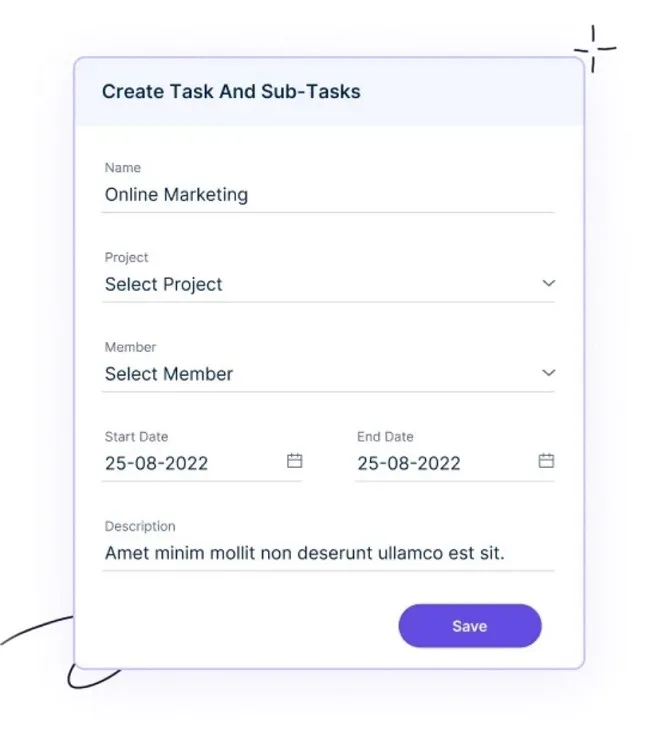 Task management software can also provide detailed analytics and reporting on employee performance, making it easier to provide targeted feedback and rewards based on objective metrics.
Task management software can also provide detailed analytics and reporting on employee performance, making it easier to provide targeted feedback and rewards based on objective metrics.
Gamification in the business environment poses challenges for HRs.
Companies should develop strategies to address these challenges to ensure successful and sustainable implementation, leading to long-term benefits.
Companies can start by choosing Workstatus, the one-stop solution for all the above-mentioned challenges.
Workstatus comes with:
- Task assignment
- Productivity tracking
- AI-powered reporting features
The features in Workstatus can help HRs to make the gamification process successful and sustainable.
The Software enables companies to easily:
- Assign tasks to specific team members
- Track progress in real-time
- Get an accurate and comprehensive overview of the employee’s performance.
Ultimately, Workstatus offers an integrated platform that helps ensure the successful implementation of gamification within an organization.
Next Step
Gamification can be a powerful tool for boosting employee motivation and performance.
By tapping into our innate desire for:
- Competition
- Achievement
- Recognition
Gamification can turn mundane tasks into engaging and rewarding experiences.
However, implementing gamification in the workplace comes with its own set of challenges.
To help HR managers overcome these challenges and successfully implement gamification in their workplace, we encourage them to consider using tools like Workstatus.
Workstatus simplifies the process of gamifying any workflow and helps HRs gain a holistic view of their employees’ performance to determine the effectiveness of their gamification strategy.
So what are you waiting for?
Take the first step towards a happier and more motivated workforce today.
Thank You
Q: What are some examples of gamification in the workplace?
A: Some examples of gamification in the workplace include:
- Employee recognition programs
- Sales contests
- Training simulations
- Productivity apps
For instance, a sales team might use a leaderboard to track individual and team performance, while a training program might use badges to reward learners for completing modules or quizzes.
Q: Are there any ethical considerations when using gamification in the workplace?
A: Yes, ensuring that the gamification strategy is fair and transparent and does not create negative consequences or unintended effects is important.
It is also important to protect employee privacy and avoid using gamification as a substitute for fair compensation or other incentives.
Q: How can the success of a gamification strategy be measured?
A: The success of a gamification strategy can be measured through metrics such as
- Employee engagement
- Productivity Trends
- Retention rates
Employee feedback can also provide valuable insight into the strategy’s effectiveness.




